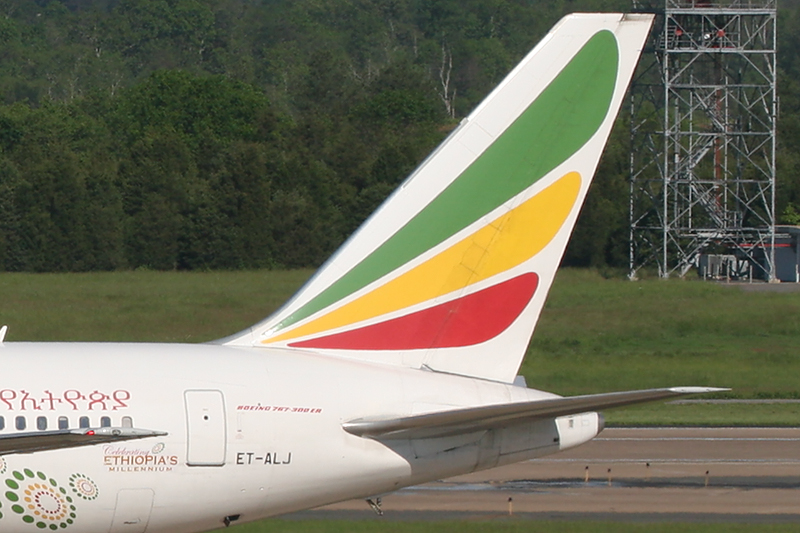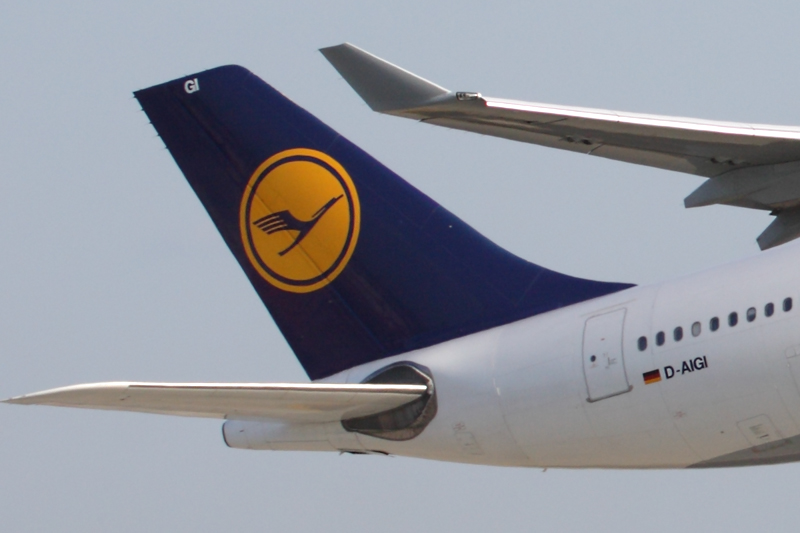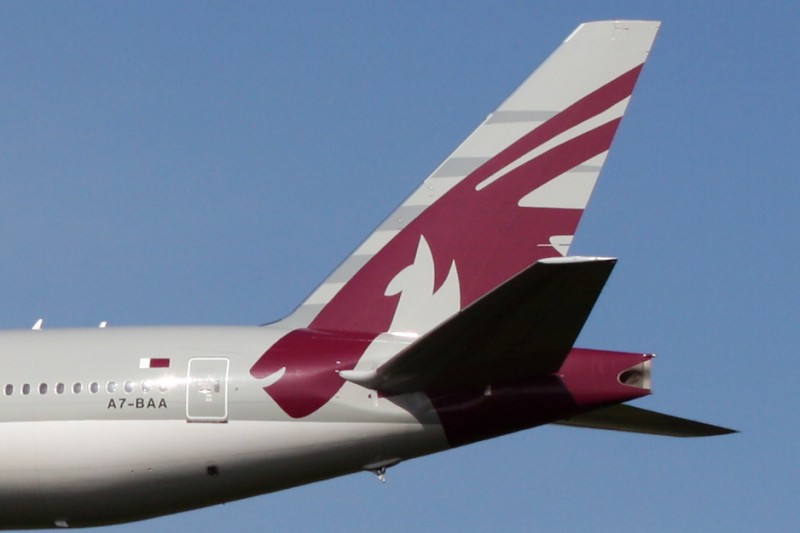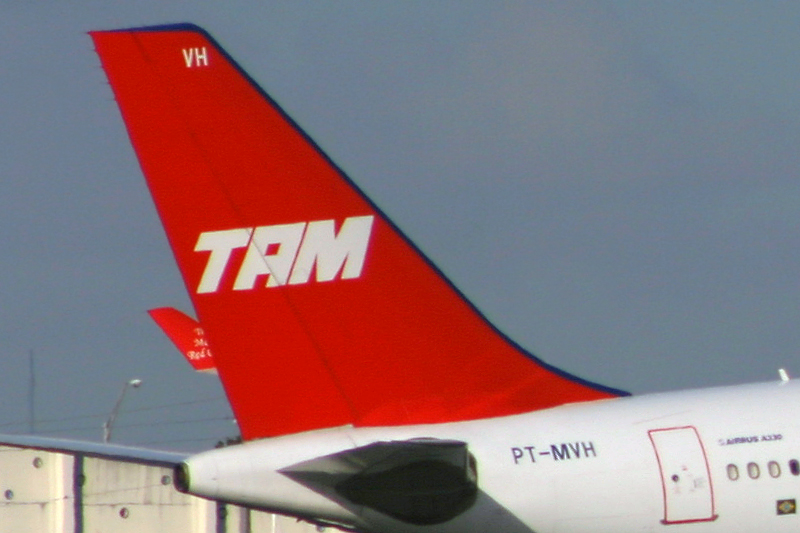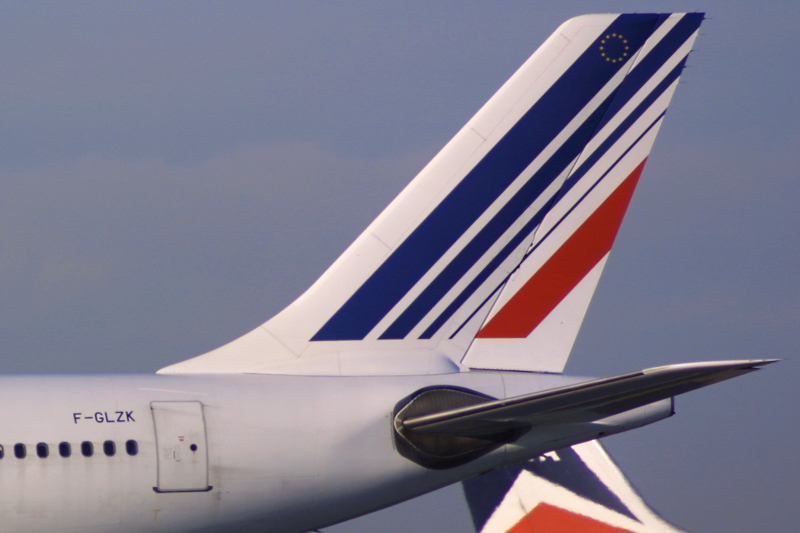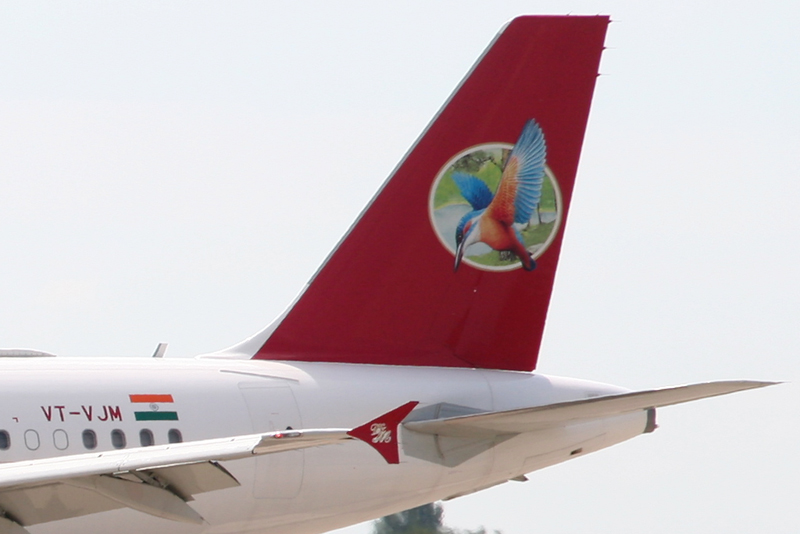Identify the Planes.
To identify commercial aircraft when you don’t know the registration number, first determine how many engines it has and where they are, then click on the link below to go to that section.
Where to Go.
Now that you can identify the planes, you’ll want to find a place where you can enjoy spotting the different aircraft. Not all airports have decent locations where the public can view activity. I have compiled a list of airports across the country that I have visited with specific spots mapped out where the general public can get a good view (and good photos too) of aircraft activity. Click the link below to go to the Planespotting Locations page.
Planespotting Locations
Helpful Resources
Here is a listing of online resources to help look up registration numbers for civilian and military aircraft in the U.S. and around the world:
Smartphone Apps
Flightaware for Android
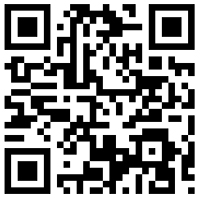
Flightaware for iPhone
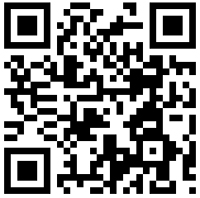
I’ve created this handy planespotting guide to help the average person identify the various types of aircraft found at most airports. There are two ways to do this: visually, and by looking up the registration number. To visually identify an aircraft, first determine how many engines it has and where they are located. Then click the corresponding link to the left to find more information about each type.
After you learn how to distinguish one airplane from another you’ll want to know the best places in America to go and view them. I have compiled a list based on my travels complete with maps, descriptions, ratings, and examples of photos from each place. Just click the link to the left to find the best places to watch planes.
If you have access to the internet at the airport, you can easily get a detailed description of most aircraft by looking up its registration number online for free. I have placed links to several accurate registration databases to the left. In addition, there are a couple of free smartphone apps that can be very handy when watching planes at your airport and away from the computer. Flightaware (Android & iPhone) is a flight tracker that can track the flights arriving and departing. Just use your phone to scan the code squares to go directly to the app’s installation page.
Registrations for planes in the United States begin with “N” followed by up to five letters and/or numbers and are usually found on the fuselage near the tail. Registrations for other countries begin with that country’s prefix code followed by usually 3 letters. The airline codes website (see link to the left under Helpful Resources) has a complete list of country codes plus there are several examples of tail numbers pictured below.
I’ve created this handy planespotting guide to help the average person identify the various types of aircraft found at most airports. There are two ways to do this: visually, and by looking up the registration number. To visually identify an aircraft, first determine how many engines it has and where they are located. Then click the corresponding link below to find more information about each type.
After you learn how to distinguish one airplane from another you’ll want to know the best places in America to go and view them. I have compiled a list based on my travels complete with maps, descriptions, ratings, and examples of photos from each place. Just click the link to find the best places to watch planes.
If you have access to the internet at the airport, you can easily get a detailed description of most aircraft by looking up its registration number online for free. I have included links to several accurate registration databases. In addition, there are a couple of free smartphone apps that can be very handy when watching planes at your airport and away from the computer. Flightaware (Android & iPhone) is a flight tracker that can track the flights arriving and departing. Just use your phone to scan the code squares to go directly to the app’s installation page.
Registrations for planes in the United States begin with “N” followed by up to five letters and/or numbers and are usually found on the fuselage near the tail. Registrations for other countries begin with that country’s prefix code followed by usually 3 letters. The airline codes website (see link under Helpful Resources) has a complete list of country codes plus there are several examples of tail numbers pictured below.

In this example, the registration number is “N340LV” and looking up this number online would yield a complete history on this jet:
Some aircraft have a much longer history with many owners or operators and changes of registration. In addition, many are owned by one airline and leased to another, or owned by a finance company and leased to many airlines over the plane’s life span. Below are some examples of aircraft registrations from various countries around the world and what they look like on the aircraft. Notice that some, but not all, countries place their flag next to the number (Germany, Mexico, and India in the examples below)
Also, you may see an additional set of numbers or letters painted on an airplane, either on the fuselage, landing gear doors, or on the tail. Examples of this can be seen in the photos above, “GI” on the Lufthansa tail and “166” on the Air Canada tail. This is called a fleet number and is unique to each airline and aircraft model. It is their way of numbering the planes in their fleet for purposes of maintenance and record keeping while the registration number serves the same purpose as the license plate on your car.
Military Registrations
In the U.S. military, a registration number is called a “serial number”. There are too many variations on serial numbers to cover it all here. Joseph Baugher has created an extremely detailed database of nearly every U.S. military aircraft, both past and present (see the link on the left).
In general, Air Force & Army aircraft use the format “xx-yyyy” where “x” is a two digit number representing the year in which the plane was placed on order by the Defense Department and “y” is a three or four digit number representing the serial number sequence for each year. For example: 57-1514. This plane was ordered in 1957 (this means it was most likely built in 1957 or 58) and is the 1,514th plane ordered in 1957.
Part of the problem is that each branch of the military and even various units have different standards for how these numbers are displayed. Typically, the Air Force omits the first digit and the dash: “57-1514” has a tail number of 71514 and it is up to the spotter to guess the year in order to look it up. The plane in this example is a KC135 Tanker operating with the 128th Air Refueling Wing in Milwaukee. Most KC135s were built in the late 50s and 60s so you could guess 1957 or 1967 and by looking it up on Joe Baugher’s list you would find out details about the plane. Sometimes the Air Force omits the first digit of the serial number to the right of the dash so it can indeed be difficult to accurately ID an aircraft.
Navy, Marine Corps, and Coast Guard aircraft have simpler serial numbers that are simply 4, 5 or 6 digits which you can also look up on Joe Baugher’s list. For example, 163874 is listed as a McDonnell-Douglas Harrier jet assigned to the Marines Attack Squadron 311 (VMA-311).
When you go to an air show you will see classic military aircraft from the World War II era. These are the most difficult of all to identify. When the government had a surplus of aircraft after the war, they sold many of them onto the civilian market so hundreds of fighters and trainers ended up in private hands. The FAA only requires the legal registration (“N” number) be painted in a minimum 3 inch tall letters under the tail – they do this in order to preserve the authenticity of a classic restoration. The owner can paint whatever other number he or she wants on the plane – usually it is the former military serial number, but sometimes it is a totally fake number or even the number of a similar aircraft that was shot down in battle. The legal registration number is nearly impossible to see unless you are right up under it so it can definitely be very, very difficult to identify them. Much more detailed information is available on Joe Baugher’s website.


